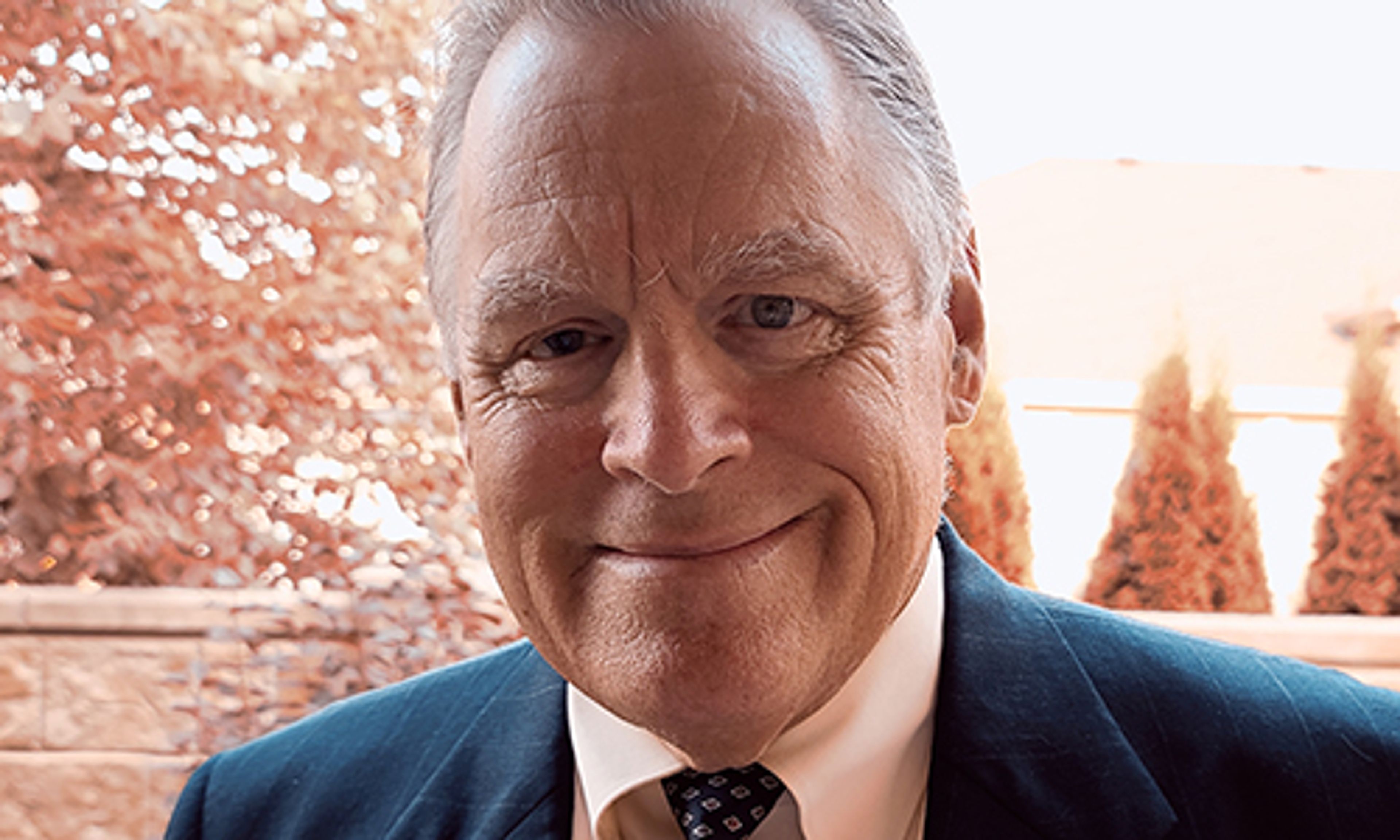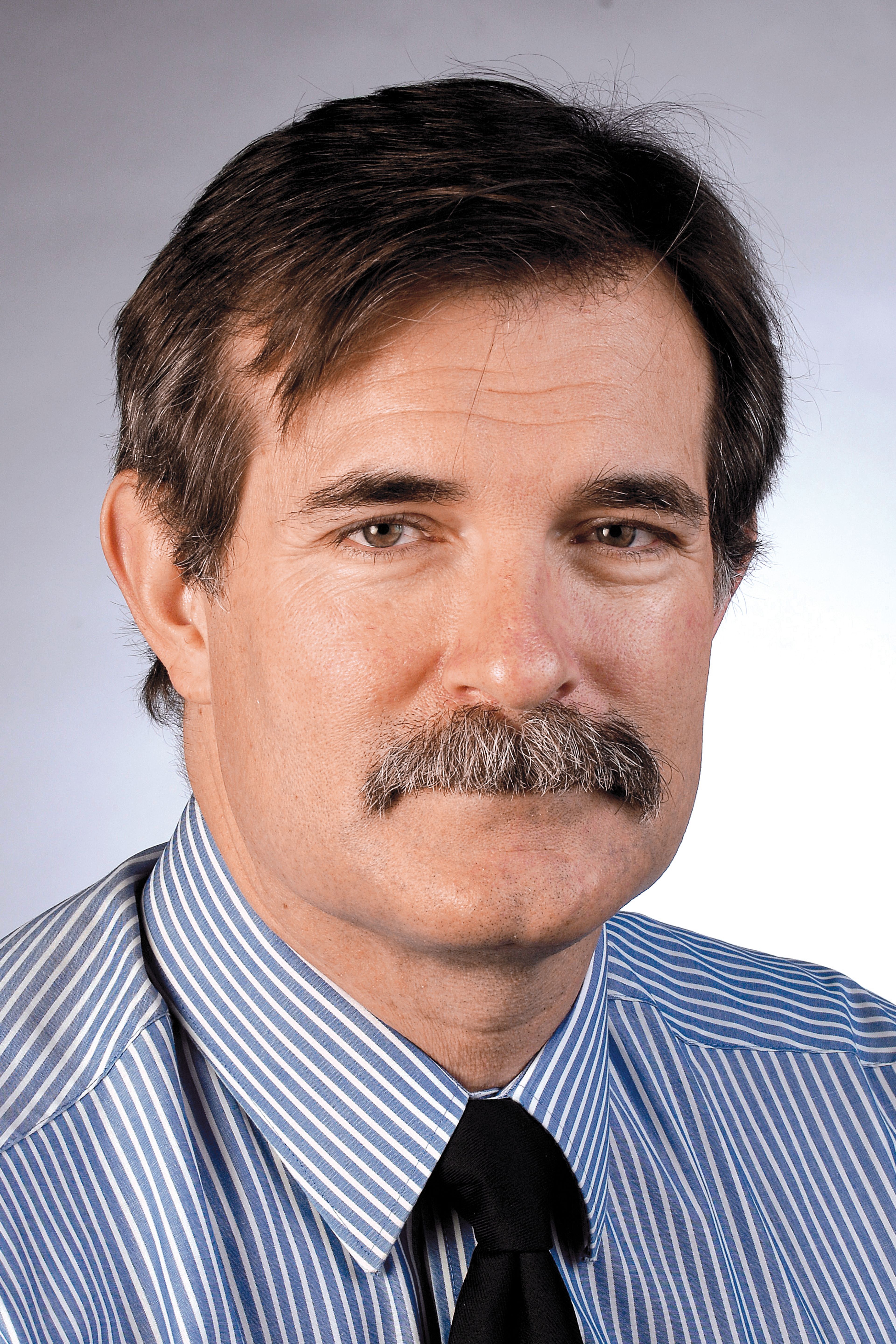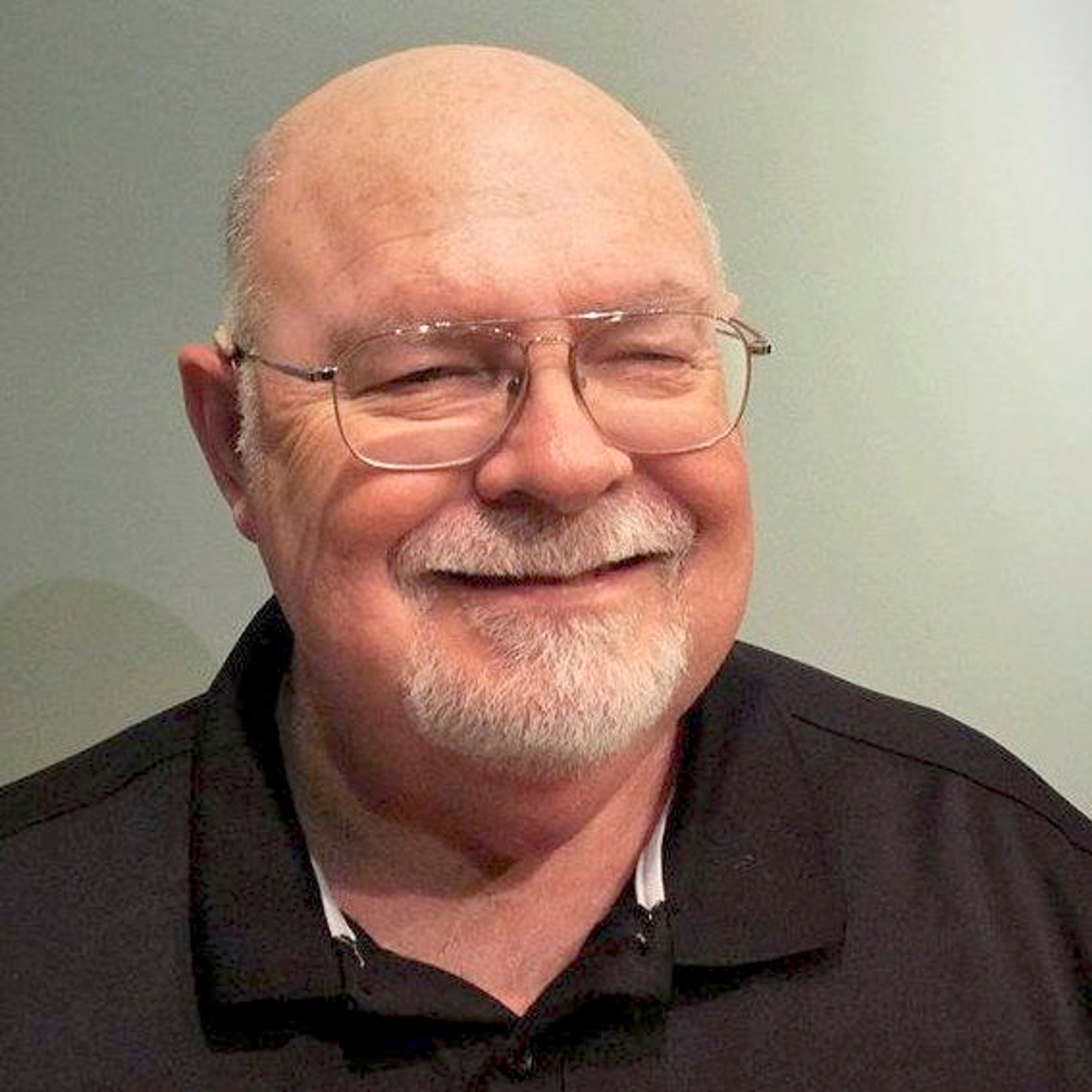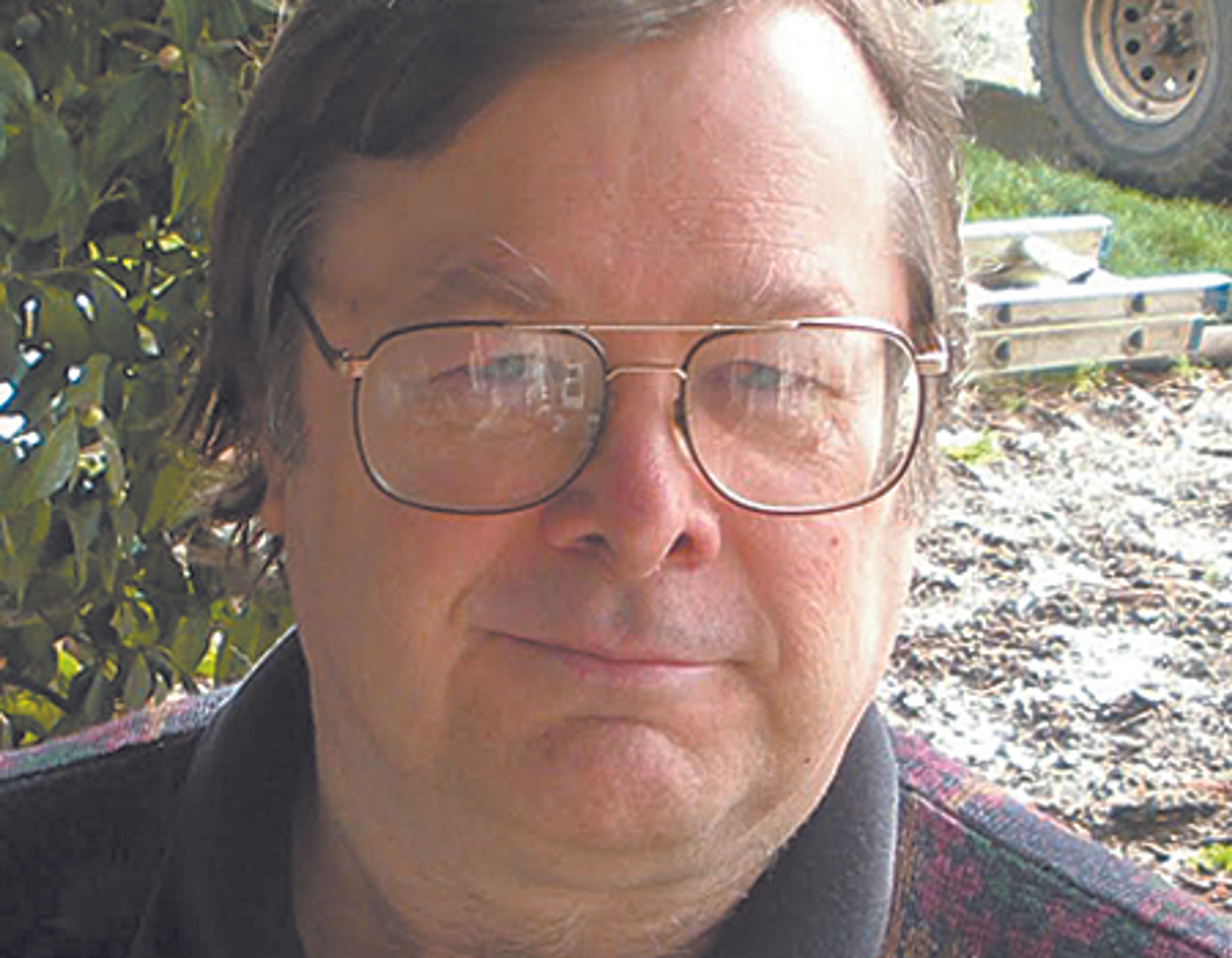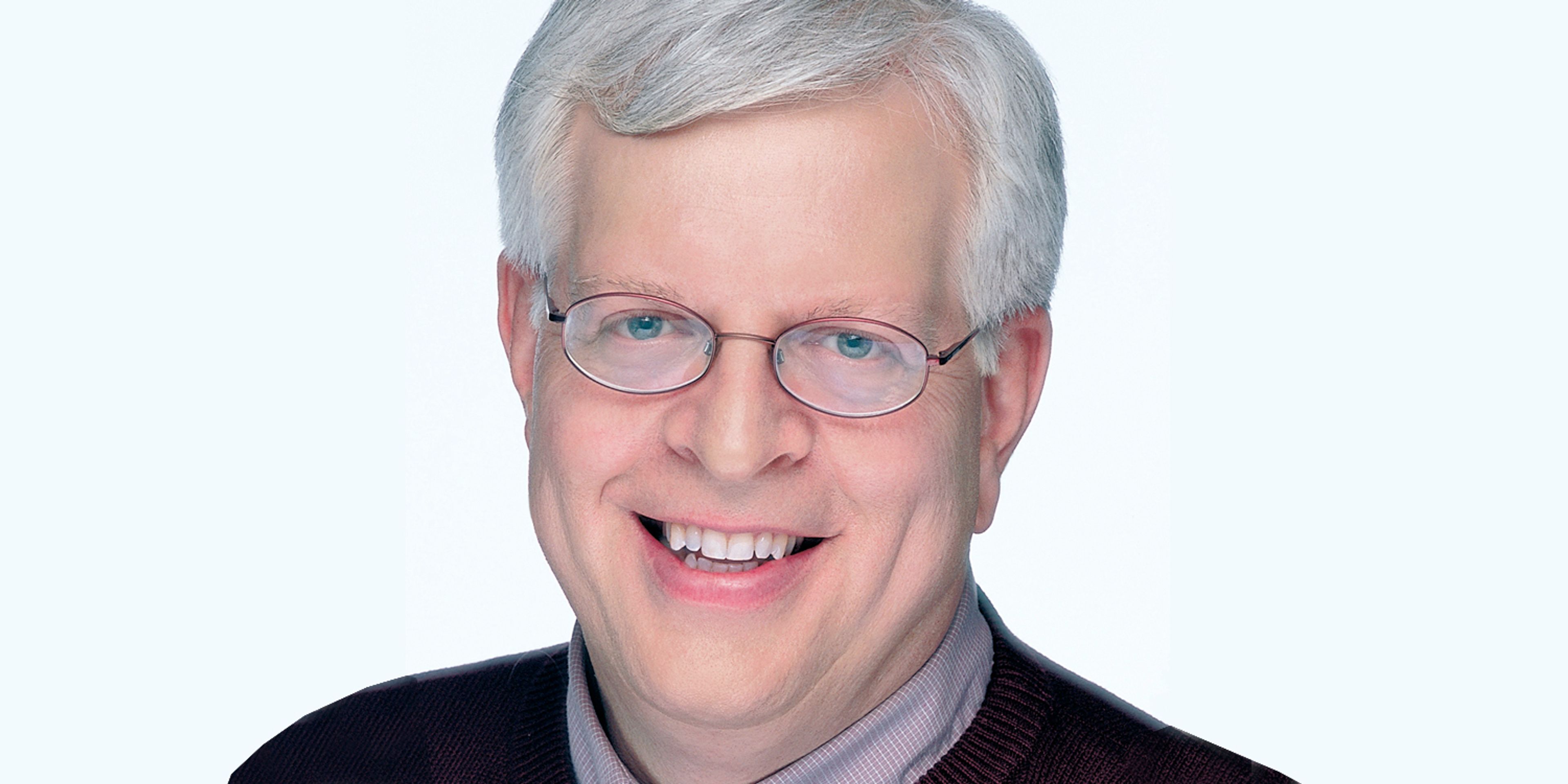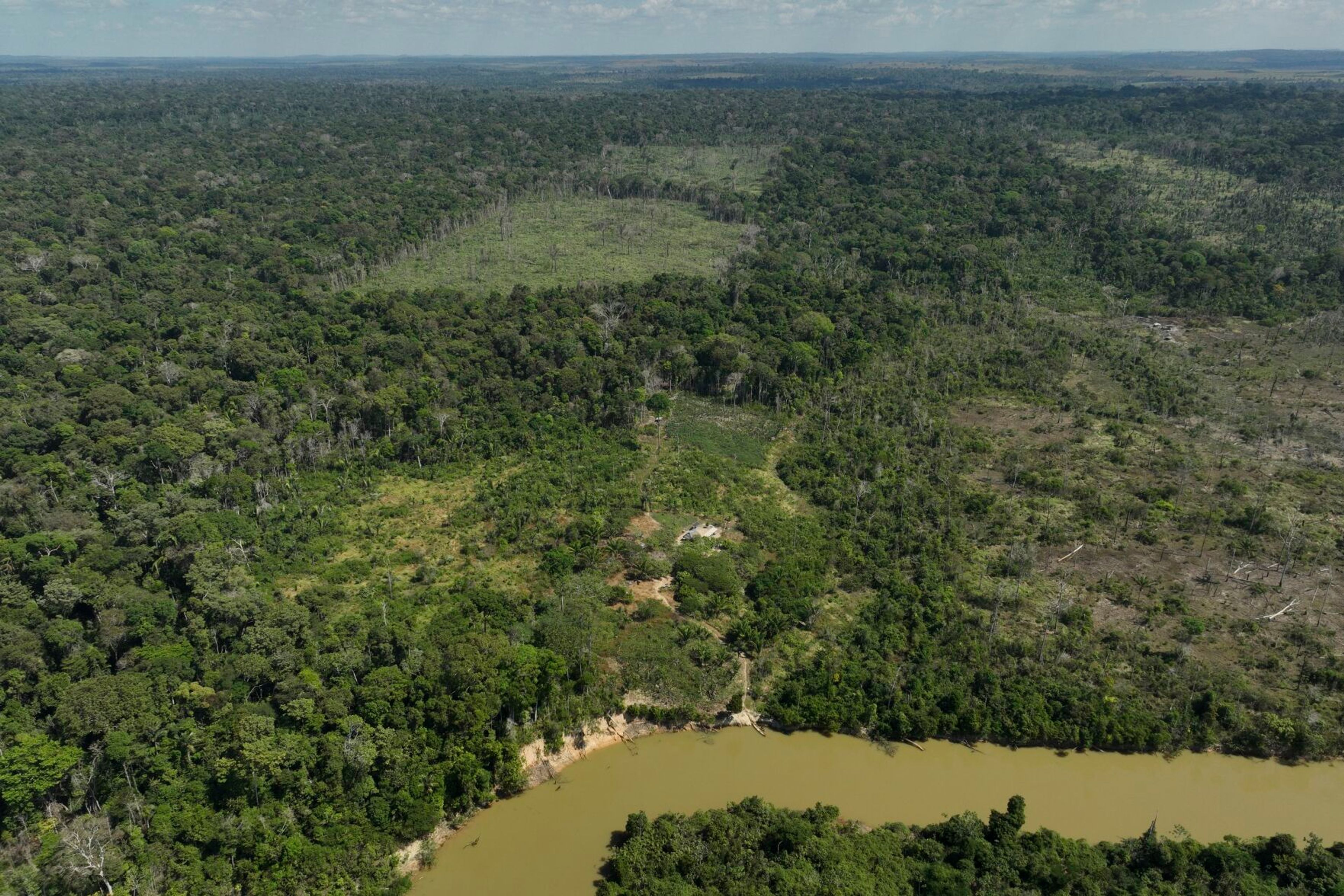Biased narrative
On Nov. 29, the Tribune reported on the new draft of a forest plan that the Nez Perce-Clearwater National Forest revealed. The reporting obscures important information and presents a biased narrative of the plan.
First, on fire: The Tribune does not question the U.S. Forest Service narrative on logging public forests. “Reducing fuels” and “treatment” are ambiguous terms. This means logging, including clearcutting, of the forest far from homes. There is little research that suggests logging miles from human structures can save them. See research by Jack Cohen of the USFS.
Clearcutting and roadbuilding damages fisheries, reduces elk habitat security and reduces carbon storage for decades, if not centuries. Those costs are ignored.
Second, wilderness: The claim this plan increases recommended wilderness by 60,000 acres is misleading. In the 1987 plans, no wilderness was recommended on the Nez Perce. Today’s combined plan recommends half of Meadow Creek, on the Nez Perce Forest while reducing acreage in the Clearwater, notably the Great Burn-Kelly Creek.
Roadless wildlands are extremely rare, and Idaho hosts some of the only large (50,000-plus acres) areas left in the country outside Alaska. Protecting 18% of 1.5 million acres of roadless country is a theft from future generations, not a step forward.
Lastly, interviewees: The article shows the federal government’s view as well as one Idaho County commissioner. Public forests are owned in common by all Americans. Omitting the view of those who want greater environmental protection, larger acres of wilderness saved and thriving native biodiversity is biased.
Paul Busch
Moscow
